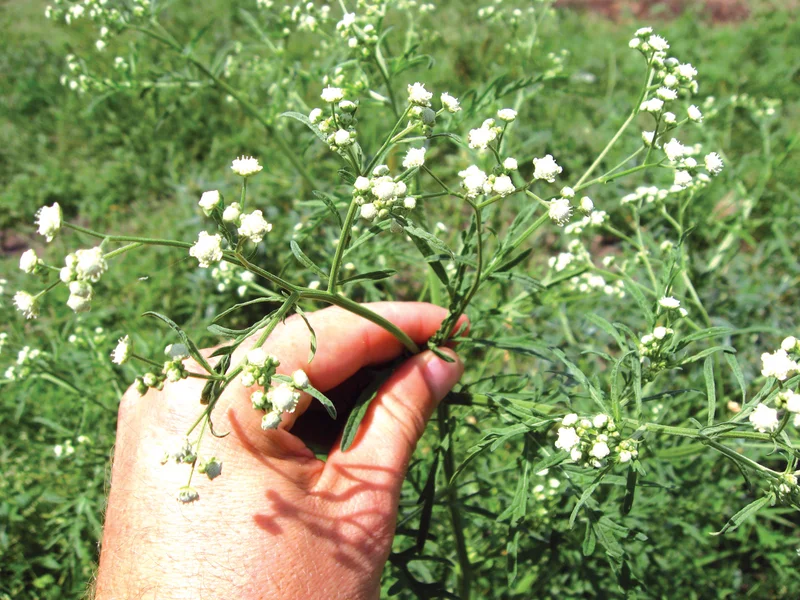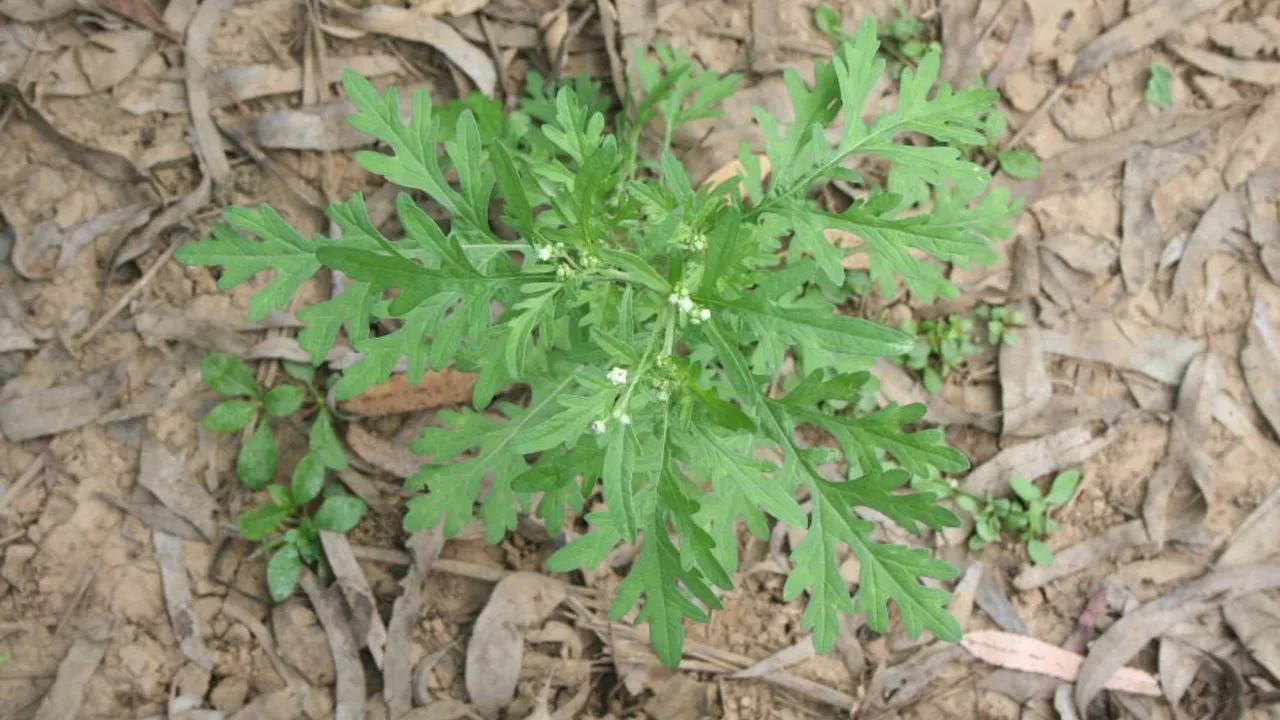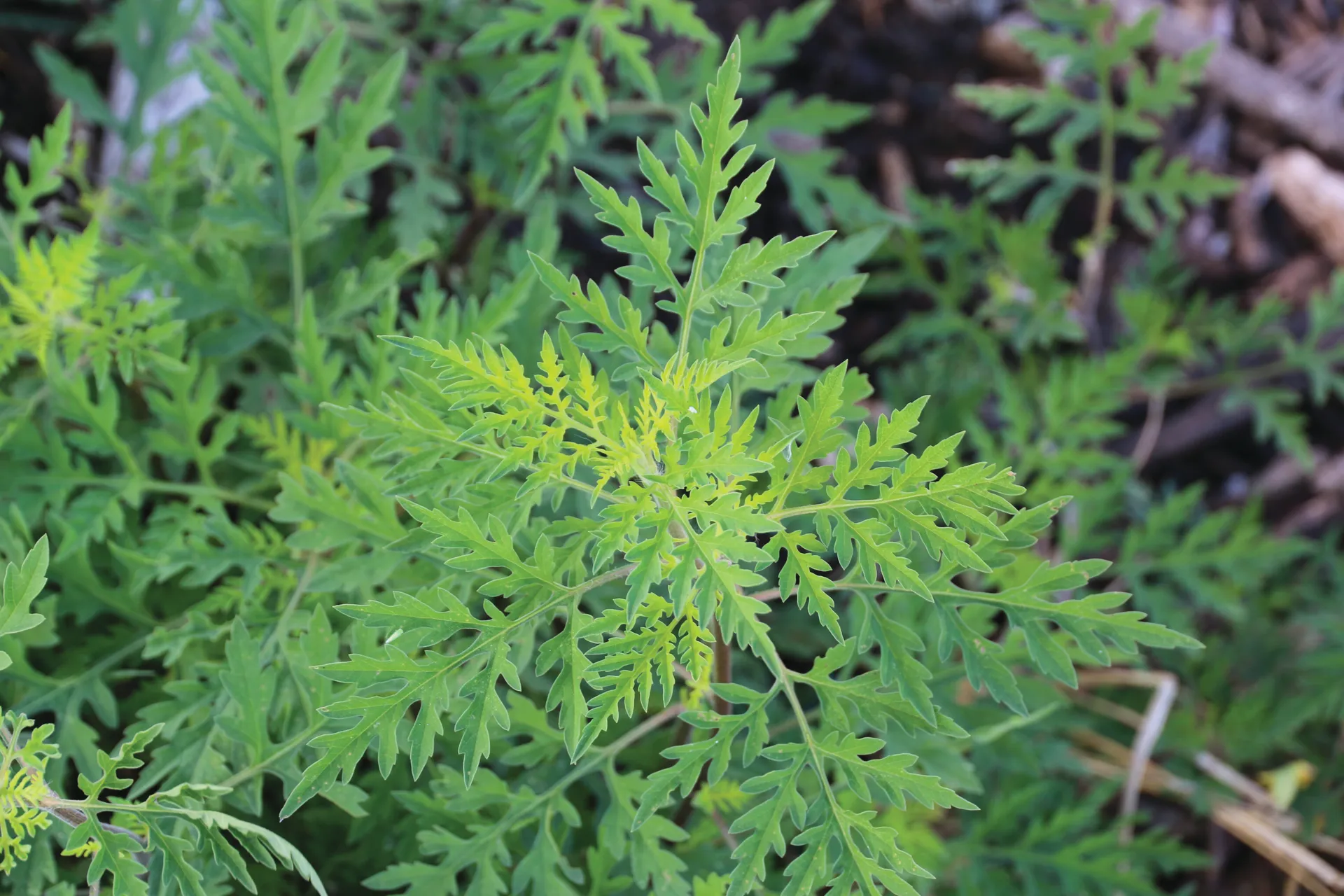Allergy-inducing weeds you want off your property
Annual ragweed and parthenium are currently flowering, which can cause respiratory issues and rashes. Here's how to spot and eradicate them.

Biosecurity Queensland
Now is the time to be on the lookout for two highly invasive weeds that can trigger respiratory issues and rashes: annual ragweed and parthenium.
With these two similar herb plants now flowering, identifying them on your property or in public spaces is easier.
But take care: it also means those flowers are currently releasing pollen that can trigger allergic reactions.
Annual ragweed has been detected in a few areas around the region and is not yet widespread.
Parthenium is rarely seen in our region, but has recently been detected on a property near Palmwoods.
Both plants impact livelihoods of farmers and graziers as well as natural places where they overtake native vegetation.
You can help eradicate these plants from our region by reporting any annual ragweed or parthenium to Council as soon as possible.
How to spot these invasive pests:
Parthenium (Parthenium hysterophorus):
- is an annual herb of 1-1.5m, but can eventually reach 2m high with plenty of branches on its top half
- has pale green leaves up to 2mm long, deeply lobed and covered with fine, soft hairs
- has small, creamy-white flowers
- each flower can develop into 4-5 wedge-shaped black seeds that are 2mm long with two thin, white scales.

More identification and management advice on parthenium is available through Biosecurity Queensland.
Annual ragweed (Ambrosia artemisiifolia):
- presents as a standing herb, 1-2m high
- has slightly rough, fern-like leaves
- has deeply divided leaves with hairy undersides
- has small, greenish flowers in spikes up to 20cm long

More identification and management advice on annual ragweed is available through Biosecurity Queensland.
Learning about priority invasive plants helps defend our Sunshine Coast Biosphere from the wide-ranging impacts of invasive plants on our environment, communities and local businesses.